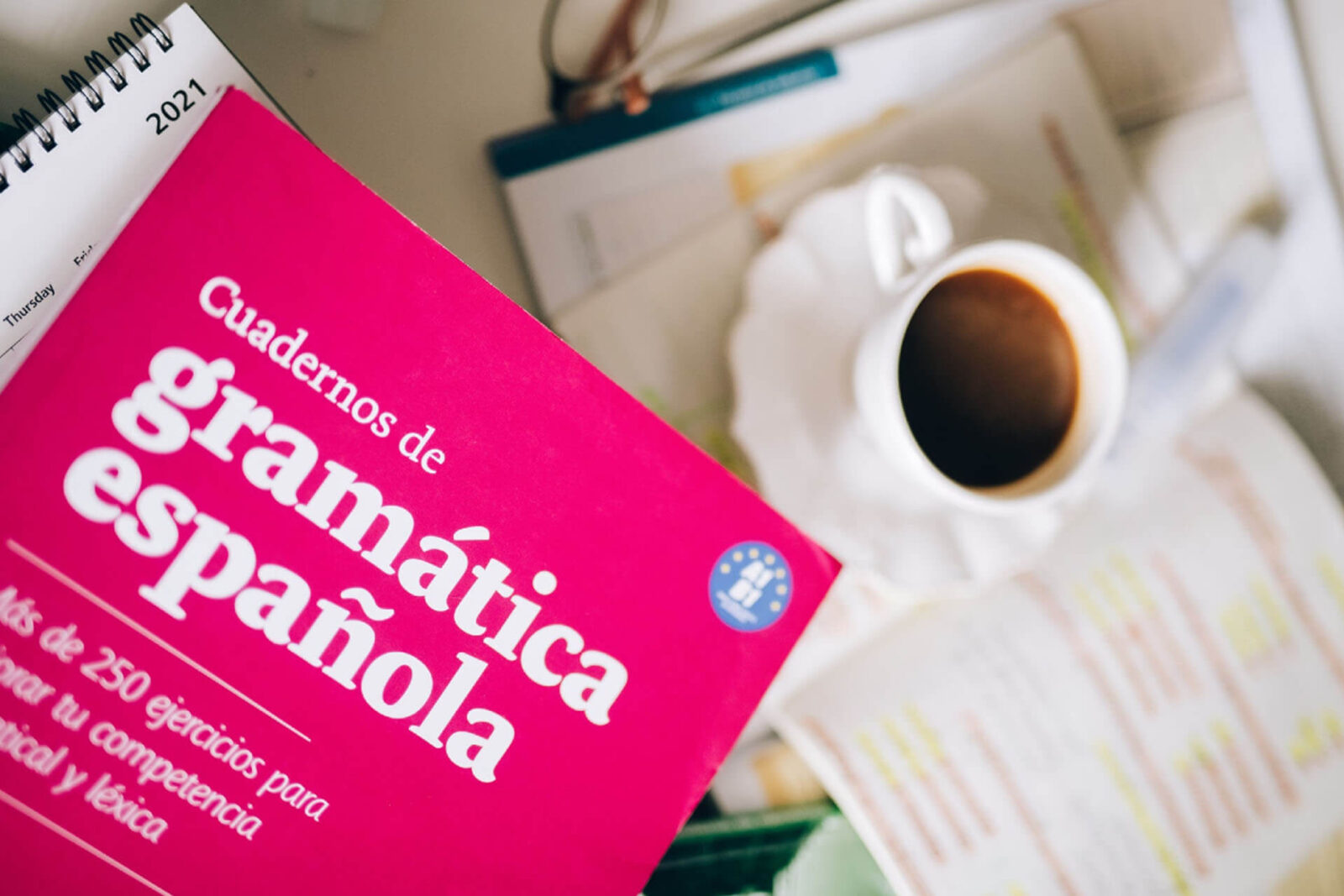The Spanish language (español or castellano) is the world’s second most spoken native language, with nearly 500 million native speakers worldwide. In fact, Spanish is the official language in 18 American countries, along with Spain, and Equatorial Guinea in Africa.
Spanish is also in the same language family as English (Indo-European), and is further classified as a Romance language, which also includes Portuguese, French, Italian, and Romanian. Speakers of these languages often find similarities in the vocabulary and can communicate with Spanish more easily.
Writing System and Pronunciation
The Spanish language uses the Latin alphabet, with the addition of ñ (enye). Ch (che) and Ll (elle) were also previously part of the Spanish alphabet. However, the Royal Spanish Academy (RAE) decreed in 2010 that the two are no longer treated as separate letters in Spanish dictionaries.
Spanish is also considered as one of the most phonetic languages, so Spanish words are almost always pronounced the same way they are spelled. A few things to note include:
- c is pronounced as /θ/ (th) before i or e, but (k) elsewhere
- g is pronounced as (h) before i or e, but (g) elsewhere
- h, or hache, is silent
- j, or jota, is pronounced as (h)
- r, or ere, is pronounced with a trilled (rr)
- v is pronounced as (b)
- z is pronounced as /θ/ (th)
Depending also on the area where Spanish is used, some consonants are pronounced differently. For example:
- Ll is pronounced as (j) or (dʐ) in most places, while it is (y) in some areas
- s is often not pronounced at the end of words and syllables: for example, peces (fishes) is pronounced as /peθeh/ in central Spain
Grammar
A basic principle in the Spanish language is that all nouns are gendered—that is, they are classified as either masculine or feminine:
- Masculine nouns are preceded with the definite article “el” (singular) or “los” (plural) and usually end with -o: for example, el chico (the boy).
- Feminine nouns are preceded with “la” (singular) or “las” (plural) and usually end with -a: la chica (the girl).
- Nouns that end in -sión, -ción, -dad, -tad, -tud, -umbre are feminine: for example, la ciudad (the city) and la universidad (the university).
However, not every Spanish noun that ends in -o is masculine, and neither are nouns that end in -a always feminine. Your biggest clue as to the “gender” of a noun is the definite article.
Spanish also has corresponding subject pronouns, such as yo for “I,” él/ella for “he/she,” ellos for “they,” nosotros for “we,” usted for “you” (but tú for informal settings), and vosotros for the plural “you” in some countries like Spain.
Regular verbs in Spanish have three main endings: -ar, -er, and -ir. Two other important Spanish verbs are ser and estar. Generally speaking, ser is used when denoting an essential quality (e.g., names, nationality, occupation), whereas estar is used to denote a condition (e.g., physical location), and is also used in many Spanish idiomatic expressions.
There are also many irregular verbs, such as tener and venir. Since they are irregular, you must memorize their respective conjugations. In this way, Spanish verb conjugation and tenses are reasonably complicated.
For each verb tense (e.g., past, present, future) and subject pronoun, there is a corresponding suffix that you either drop or add to the word when conjugating. For example, for the present tense of the verb to write, for the pronoun yo (me), you drop the -ar/-er/-ir and replace it with -o: Yo escribo (I write)—here, the infinitive verb is escribir.
Dialects and Varieties
There are several regional varieties and dialects of the Spanish language, but the differences are mostly in the pronunciation and vocabulary:
- Peninsular Spanish (Castilian Spanish) – The official Spanish language that is spoken throughout Spain. Other Spanish language varieties include Andalusian, Murcian, Extremaduran, etc.
- Latin-American Spanish – This regional variety is the most widely spoken. It includes Mexican, Puerto Rican, Isleño, and Chicano Spanish in the North Americas; Guatemalan, Salvadoran, and Costa Rican Spanish in Central America, to name a few; and Amazonic, Chilean, and Ecuadorian—among many others—in South America. Carribean Spanish is also grouped under this region.
- Other areas of the world – This includes Canarian Spanish from the Canary Islands, Equatoguinean from Equatorial Guinea in Africa, and Chavacano from the Philippines.
Spanish is a widely-spoken language that can be quite helpful when you’re in business, or when you simply love to travel and wish to communicate with various people around the world. Learning it can be quite easy, especially with constant practice and regular exposure to other Spanish-speaking people.

Leave a Reply